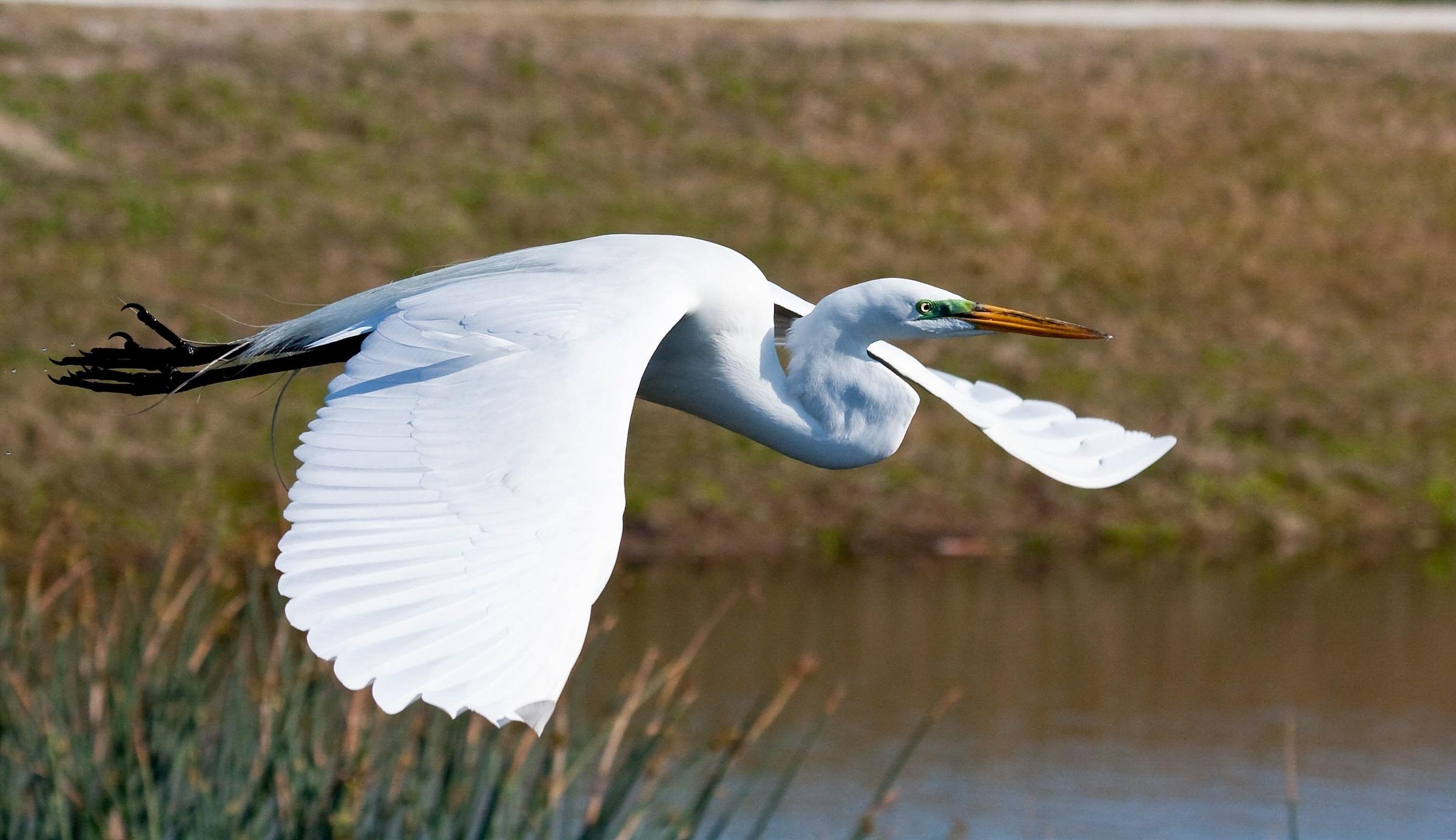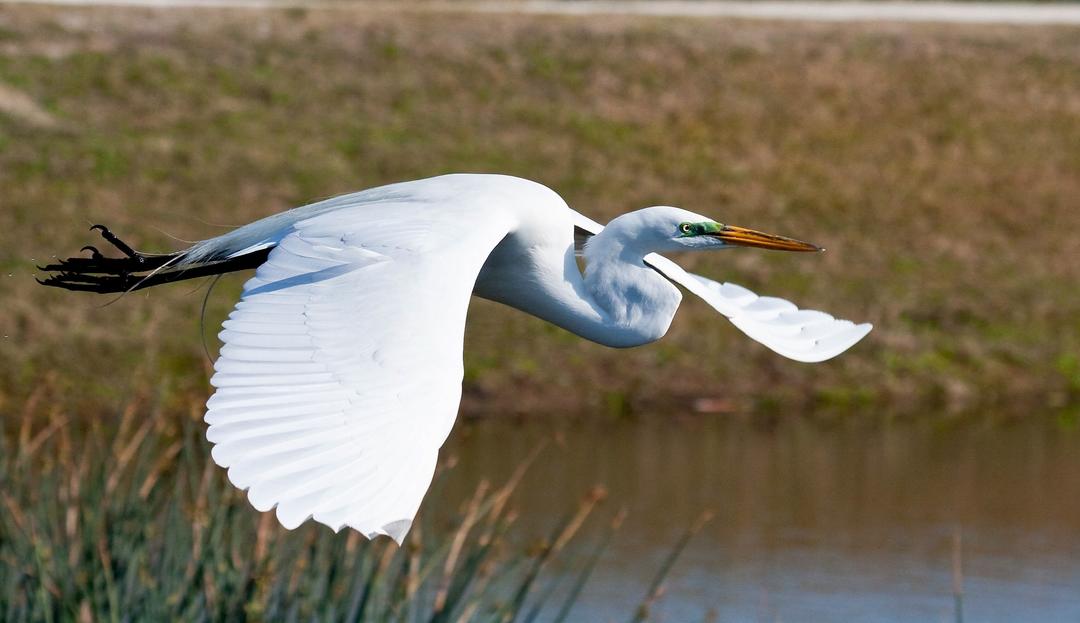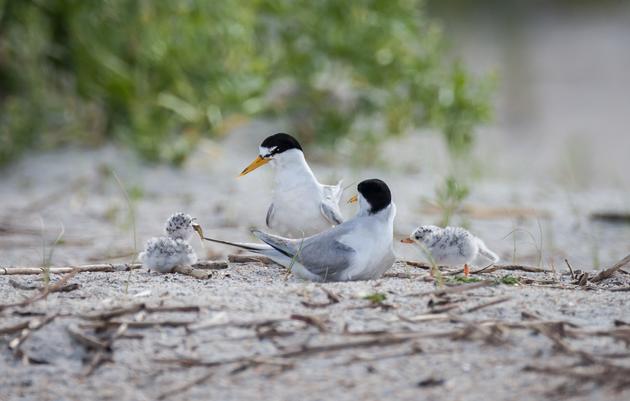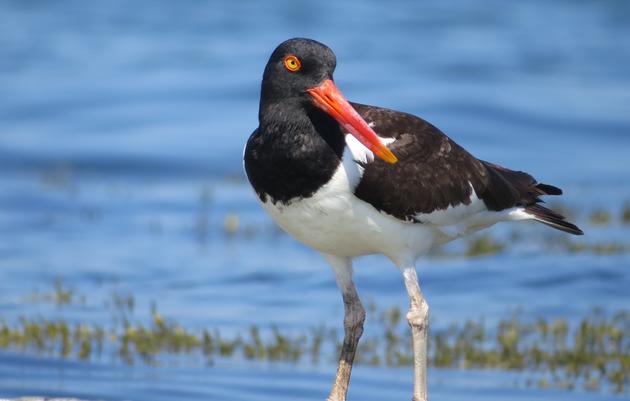Each spring and summer, Connecticut’s offshore islands are home to over 80% of the state-threatened American Oystercatcher breeding population, approximately 300 breeding pairs of Common Terns, and five heron and egret rookeries.
Nesting birds are easily distressed by humans who get too close, even if we mean no harm. Human activity too close to birds can be highly stressful and sometimes damaging to a bird population. Here are some ways your can safely enjoy the waterways and coastlines while protecting the wildlife who live there:
- Respect posted signs and fences. During nesting season, state, local, and federal agencies will rope off critical habitats with string fencing and post signs to protect nesting species from human disturbance
- Land kayaks and anchor boats away from nesting sites. If birds are scared away from nests or chicks for long periods of time, they could die.
- Follow leash laws. Even well-behaved, leashed dogs can scare a bird off a nest for longer than normal. Worst case scenario, eggs or fragile chicks get crushed underfoot.
- Carry in, carry out. Leftover food, fish scraps, and trash attracts predators that can attack nests and young birds. Trash in the water washes up on the islands, and nesting in trash is no fun.
- Dispose of fishing line. Birds can easily become entangled in loose line, which can trap, injure, or even kill them.
- Avoid landing or walking at high tide. Birds have fewer places to go and rest during this time.
- Keep close to the water. When walking on the shoreline or an island, stick to a path or on the wet sand to avoid stepping on a nest or chick.
- Do not get close to chicks. Even a single disturbance can cause adult birds to leave their nests and abandon their chicks, which makes the chicks and eggs vulnerable to predators and overheating.
Unsure if you are too close for comfort? Learn the signs of stress.
When you get too close, bird parents will often:
- Display warning behavior or alarm calls (terns will dive bomb a perceived threat)
- Draw your attention away from their nest or chicks (some may fake a broken wing)
- Stand very still and watch YOU (instead of watching their nest or chicks)
Keeping these points in mind...
Kayaking and canoeing are great ways to enjoy the natural resources of the Connecticut coastline. Virtually silent, human powered, and nonpolluting, this form of recreation has a fairly low impact on the environment. That said, rather than moving closer to birds, consider purchasing a good pair of waterproof binoculars, camera, and/or spotting scope.
Related
Resources to Protect Shore-Nesting Birds
Together, we can #ShareTheShore to help birds nest and raise their young successfully.
8 Ways to Help Piping Plovers
The protection of this threatened species starts with you
American Oystercatcher Nest Survives Washout, and Other Firsts
Audubon Connecticut’s 2019 coastal field season saw many successes for this iconic shorebird species.
How you can help, right now
Get Involved
There are so many great ways you can get involved with Audubon Connecticut and make a difference for both the wildlife and the people who call Connecticut home.
Visit Our Centers
Connect with our nature centers in Greenwich, Sharon, and Southbury. Each unique center offers trails, educational resources, conservation opportunities, and more.
Support Us
Through land stewardship, science, education, and advocacy, Audubon Connecticut works across the state to preserve habitat and protect bird species that are of state, national, and global concern.








